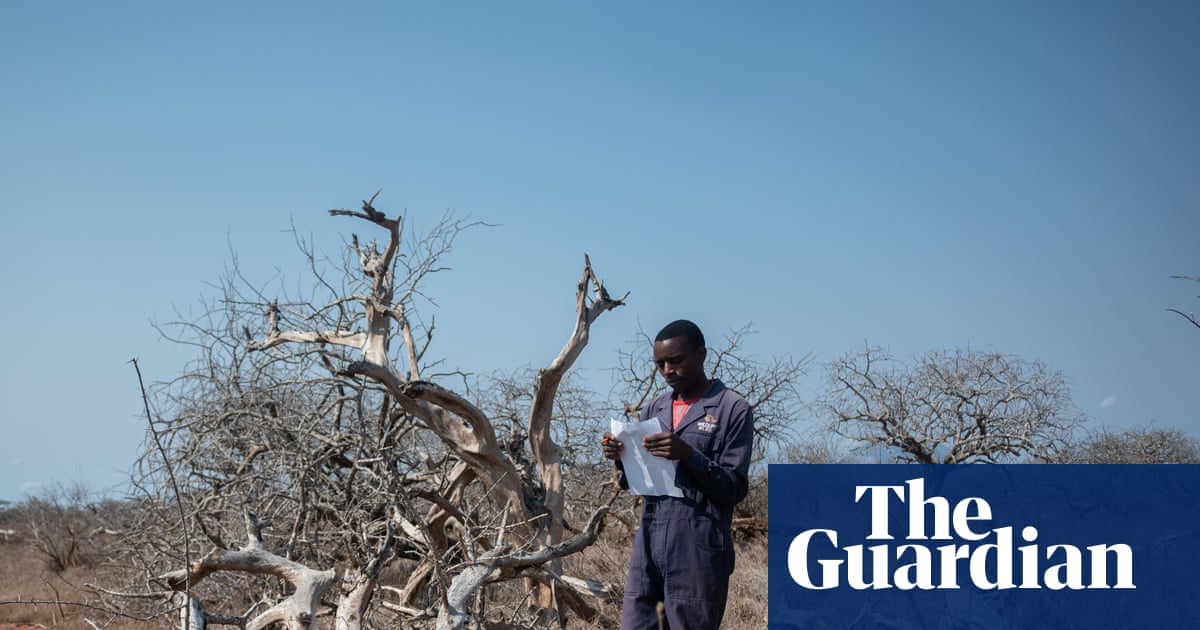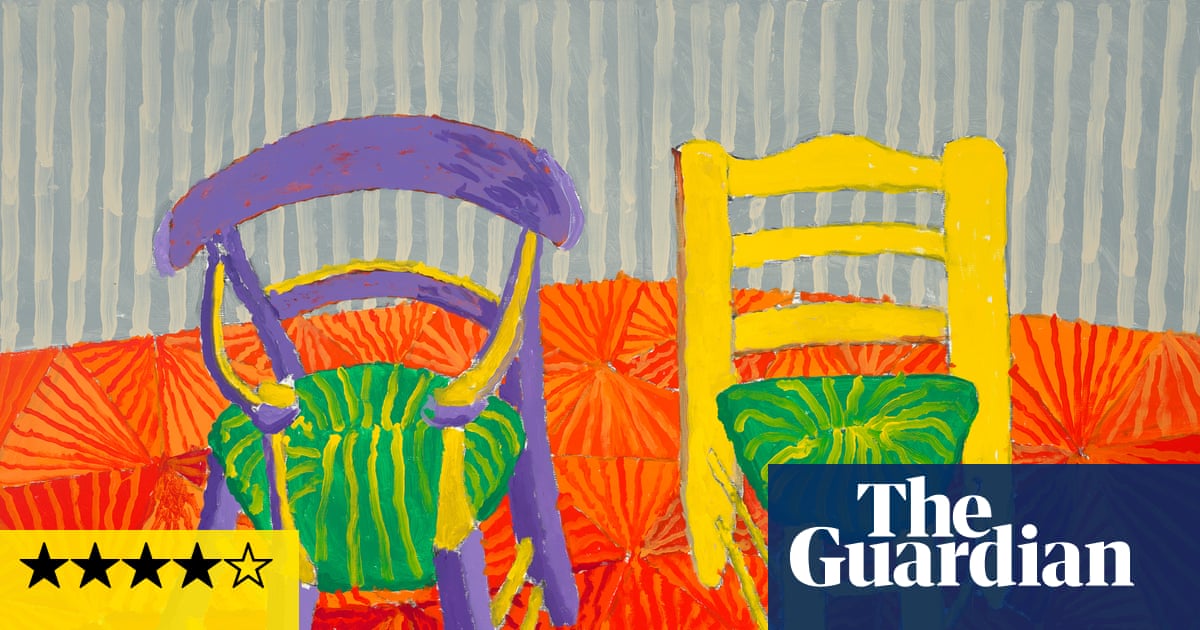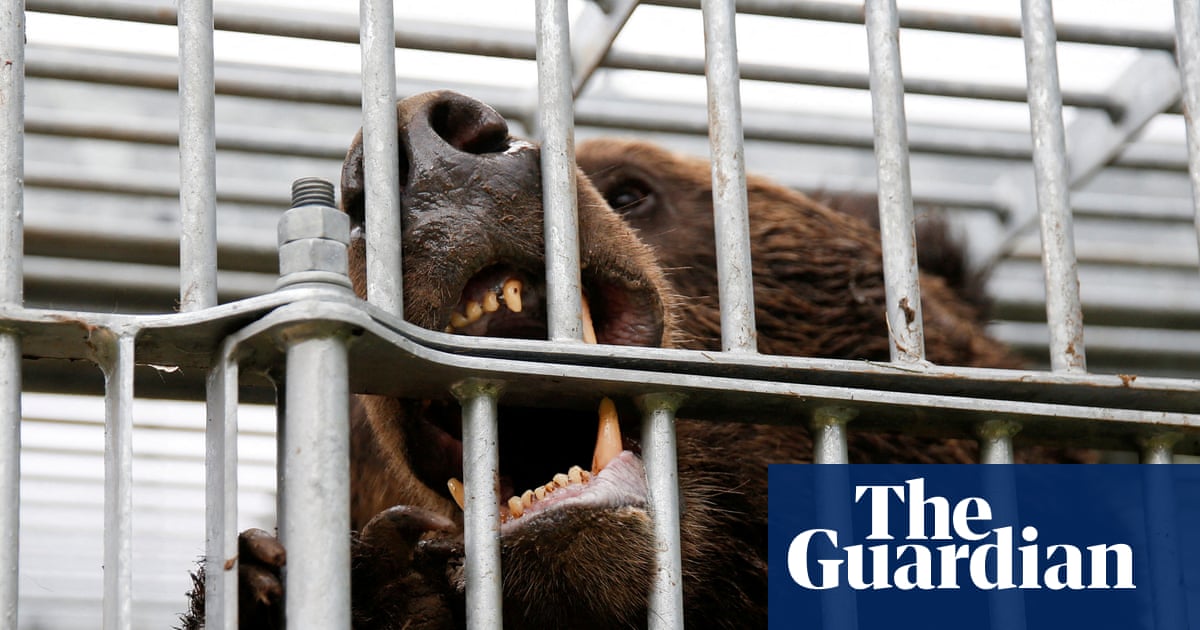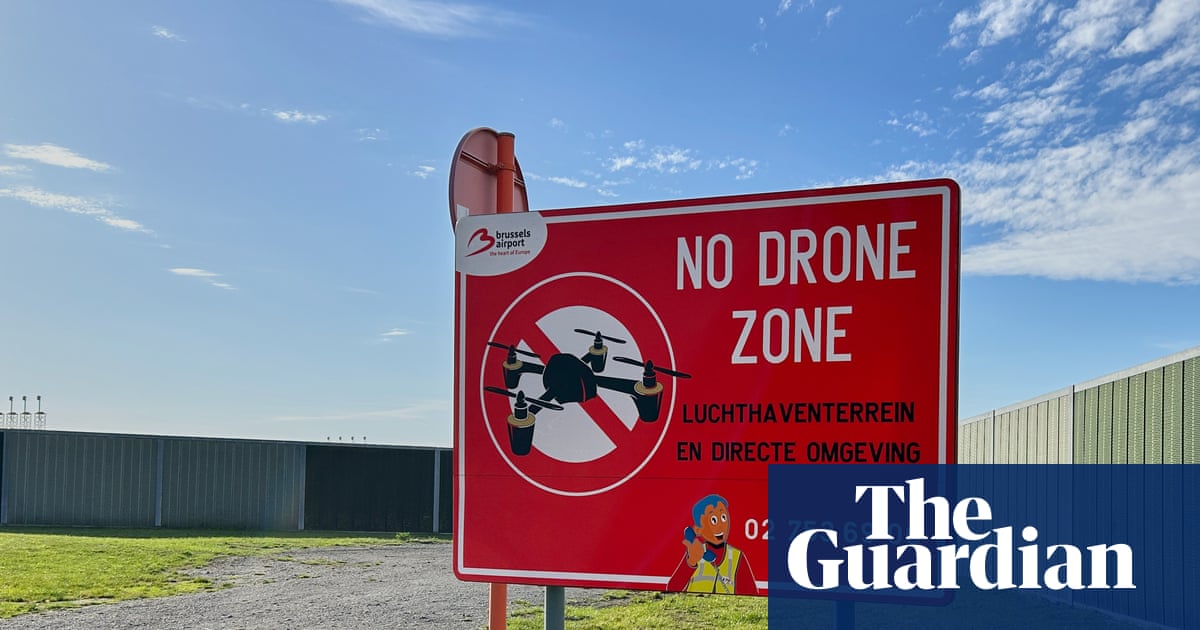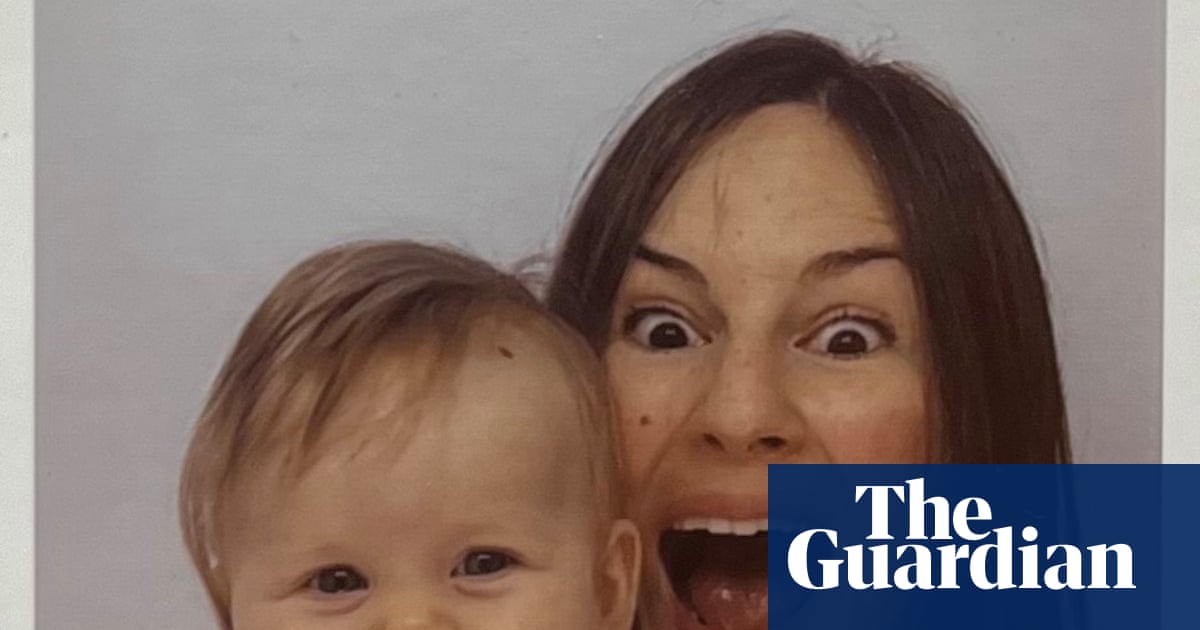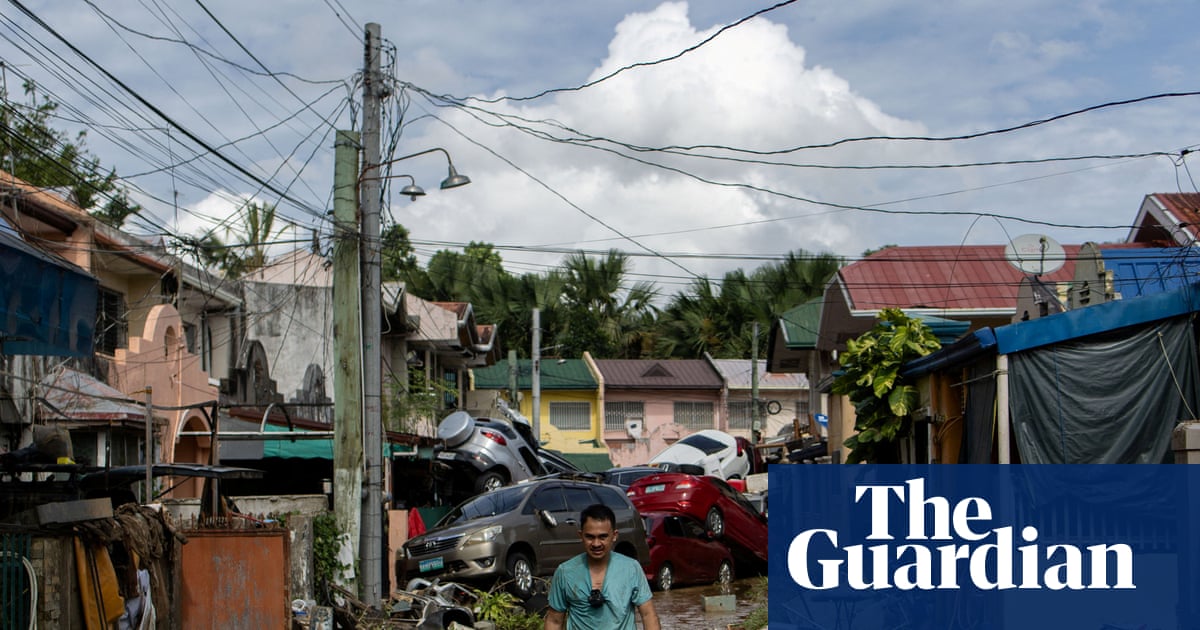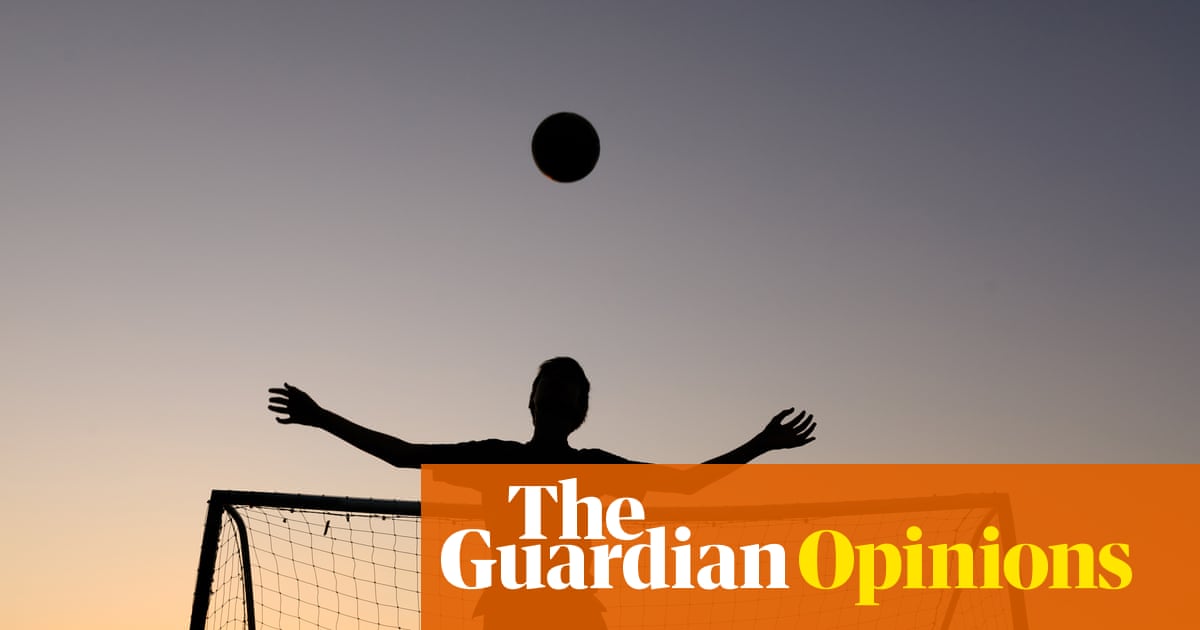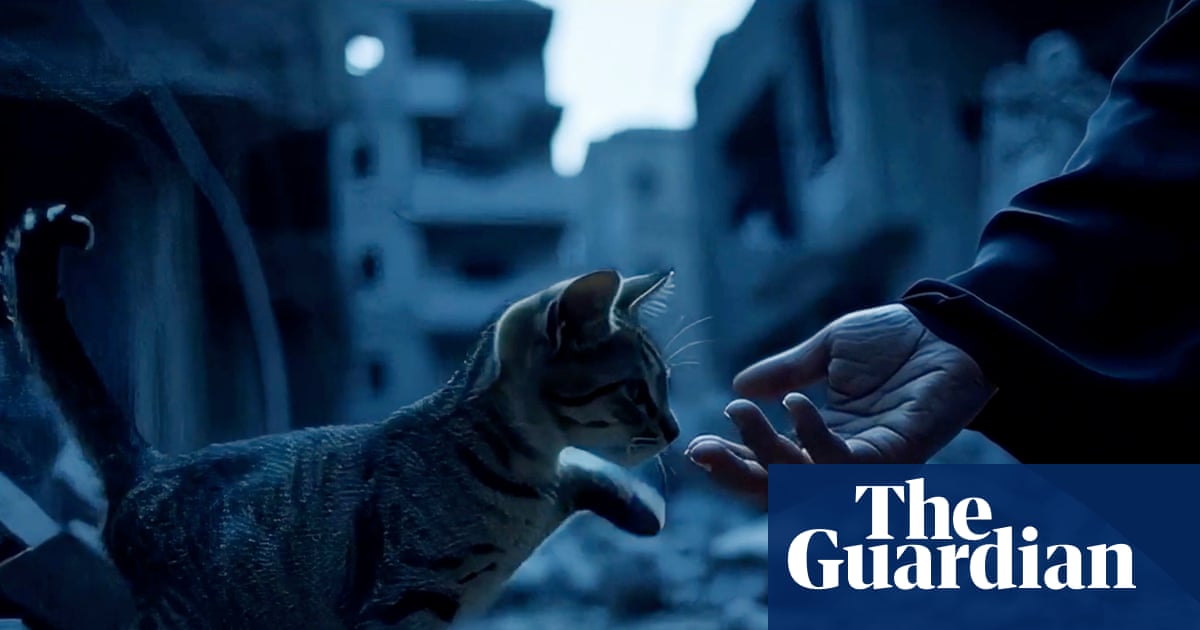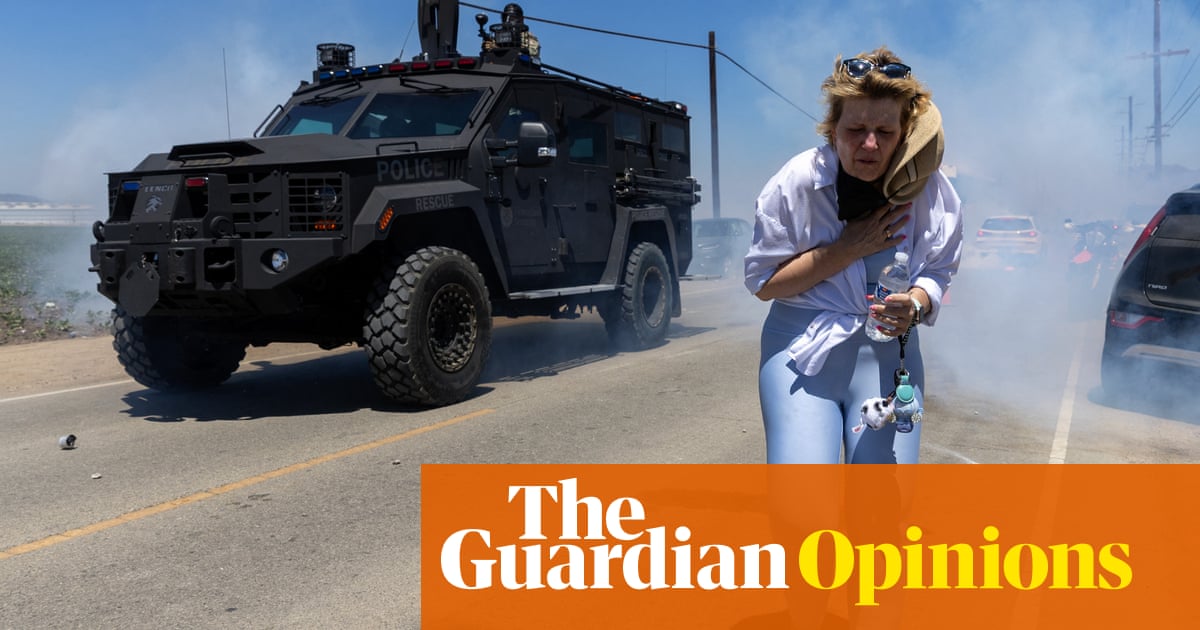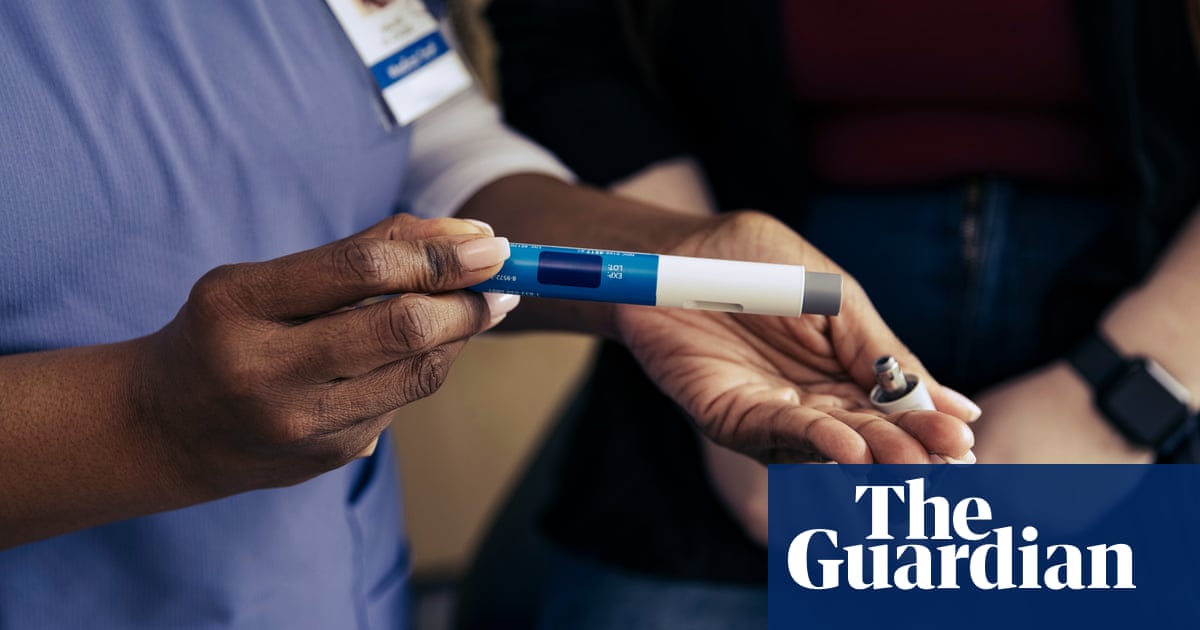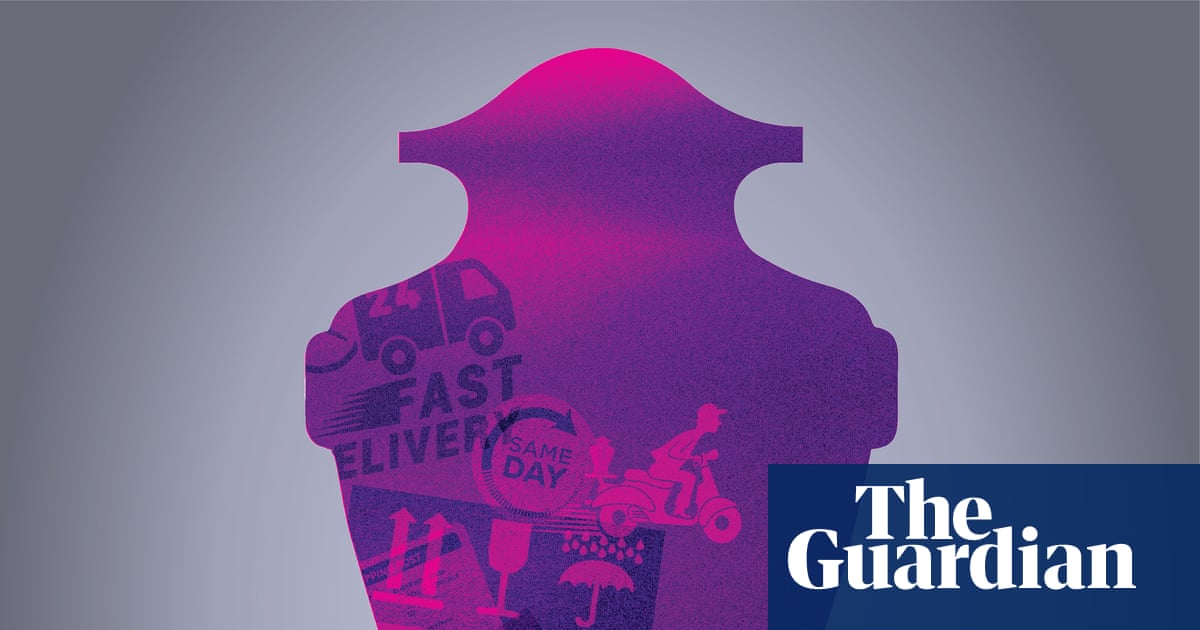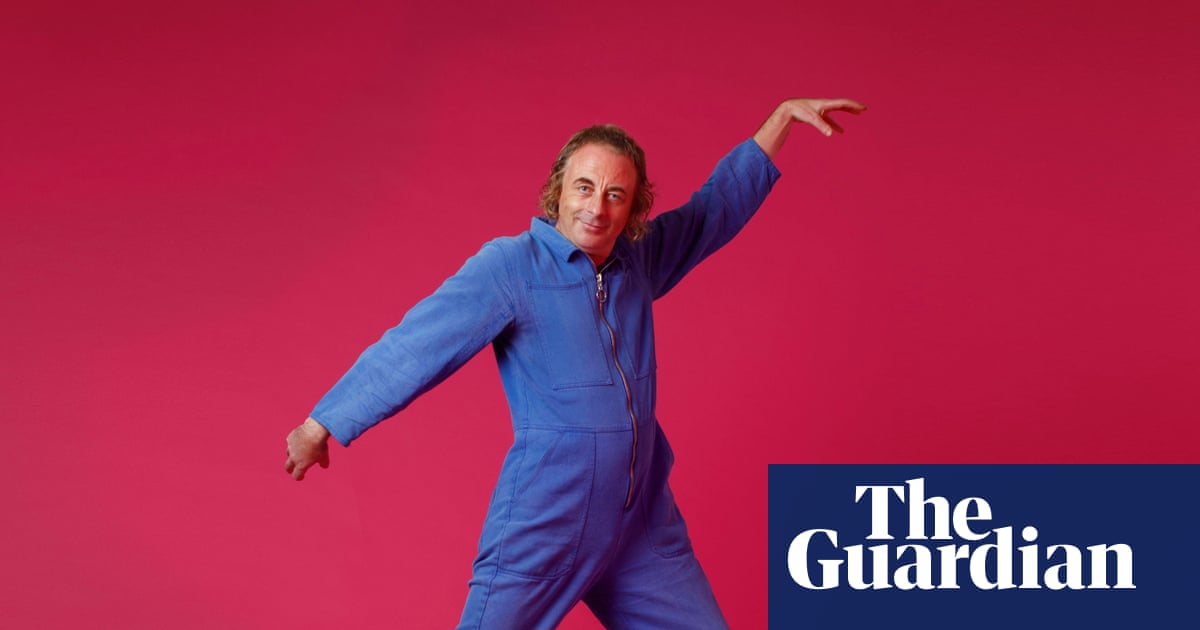It was a sunny Friday in August when Rachel Williams arrived at the hair salon where she worked in Newport, Wales. As she was shuffling clients around, she remembers “looking at the shop door or window and thinking something was obscuring the sunlight”. She quickly recognised her ex-husband Darren’s 6ft 7in frame, and instinctively ran towards him as he pulled a sawn-off shotgun out of his black duffel bag.
She fought him for the gun and was soon on the floor beside a woman in her 90s called Connie, who was shouting: “Go on, get out of here, get out of here.” (“She was in the war, so made of steel.”) Rachel tried to pull a table across herself for protection but Darren kicked it away. Instead, she rolled into the foetal position, pulling her knees up under her chin. “He stood four feet away from me, told me he loved me, and pulled the trigger. My left leg took the first shot and I can remember it wasn’t a pain, it was a force.”
Rachel could smell the gunpowder and looked down at her jeans where there was a gaping hole. “I remember looking and thinking, ‘Oh my God, he’s shot me.’ And then I felt a blast to the right of me, and that clearly missed my head.” She grabbed the gun with “supernatural strength”, and clung on as he stamped all over her head and punched her back. “My left ear had to be slit seven times to get rid of a huge cauliflower ear. I had a bruise from a black eye that travelled all the way down my neck and landed on my shoulder and collarbone. He battered me and then he was gone.”
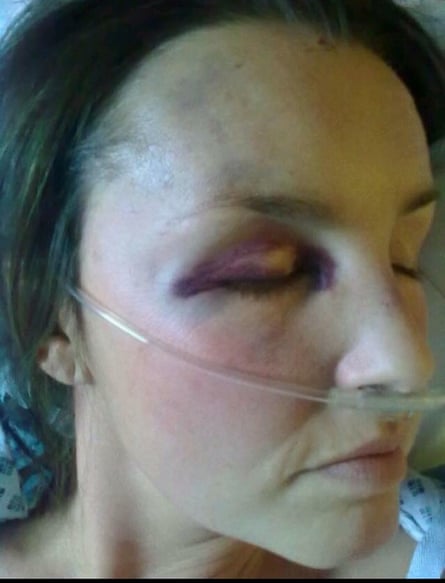
The hours that followed are a morphine-filled blur. The local vet came to help, followed by an ambulance and the police. Soon, she was at hospital getting treatment for her shattered shin and knee, surrounded by armed police to protect her. But by 7pm she was told that they had found Darren dead in a localwoodland; he had killed himself. “The relief,” she says. “I wasn’t even thinking about my leg.”
Rachel met Darren in March 1993, through a neighbour, when she was a 21-year-old single mum to Josh, who was two. Darren was witty and made her laugh. It started with a coffee but quickly became serious and, in hindsight, she knows he “love-bombed” her.
“When you work in the sector and you see the eight stages of domestic abuse or the homicide timeline, you can see how quickly perpetrators will escalate moving in,” says Rachel, who founded SUTDA (Stand Up to Domestic Abuse) in January 2021, a decade after she was attacked. “Darren was living with me within 12 months, and not long after that I was pregnant with Jack. It’s all about that power and control and getting the victim to where they want them.”
The honeymoon period didn’t last long before Darren’s abuse began. He used to say: “Today I’m going to be Daniel, which is the nice side of me,” says Rachel. “Almost a bit like Jekyll and Hyde.” He quickly started belittling Rachel with comments about her being a single mother when they met, saying things like: “I found you in the gutter.” After she gave birth to Jack, he bought her a car so she could run errands, and she remembers finding it odd when he said the reason was: “I don’t want blokes eyeballing you when you’re walking around with a pushchair.”
The first time she remembers fearing for her life was after an argument when she was seven months pregnant. Darren, who was “huge” and “weighed about 18 stone”, turned physically violent. She can’t remember what had angered him, but he threw an apple at her, then followed her upstairs where she was cowering beside the wardrobe. “He lifted me off the floor by my throat and said he only let me go because my lips turned blue,” says Rachel.
“People might think, ‘Why didn’t she leave then?’” she says. “But when you’ve got somebody who is one of the most manipulative people you will ever meet, falling to the floor and crying like a baby and begging for forgiveness, knowing all the stuff in his life, you just think you can fix them and try to work with them. I was already a single mum and I didn’t want to be a single parent of two children by two different fathers,” she adds, feeling that she had to try to make it work.
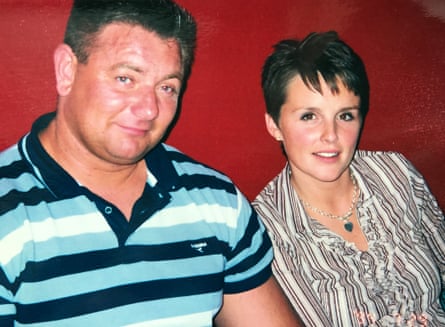
The next 18 years were all about surviving within a cycle of abuse. “Every day you’re strategically thinking, as soon as you open your eyes, ‘How am I going to pacify my perpetrator today?’ It’s all about keeping a happy home harmonious, without any reason for an outburst. It is the walking on eggshells; you’re constantly assessing things.”
Rachel would feel the tension rising before an assault, which could range from him spitting in her face to strangulation, punching the back of her head and ramming his head into hers to push her against the wall. One of his favourite things to do was to place his massive hands on her face and crush it. There were a couple of silent 999 calls, where she pressed 55 to transfer the call to the police without her speaking, leading them to her location. But when the police showed up, Darren would stand behind her as they asked if everything was all right. Next would come the remorse, which would last about a week. “There was always a bouquet of flowers and chocolates and apologies,” she says: he was playing with her head. Rachel and Darren got married on 29 December 2005.
Darren, who was a bouncer, was injecting steroids and taking a combination of antidepressants and sleeping tablets that Rachel thinks probably exacerbated his temper, but alcohol and drugs weren’t what triggered the abuse, which was only directed at her. “Abuse is a choice; it is done with free will,” she says.
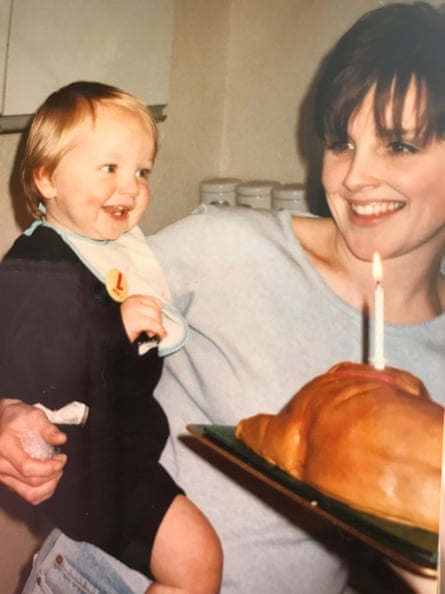
He often let his temper bubble up in public: “He was a law unto himself,” she says. Rachel’s sister saw Darren pin her up against the burger van at Newport Docks where Rachel sometimes worked with her sister, after she arrived a little late from collecting bread rolls. “He flipped all the rolls in the air. He threw the great big diesel generator down the road. There was one guy who said to my sister: ‘That man is an animal and I will never come back here again,’” she says.
Another time, her neighbour asked her friend Sue whether she’d heard from Rachel one day. “I heard that Darren was dragging that wheelie bin down the steps at 2am,” he told her. “Clearly, he thought I was in the wheelie bin,” says Rachel.
But no one said anything to Darren, who was “a force to be reckoned with” and had “fingers in pies and I never knew what he was up to,” she says. “His bedtime reading was Donnie Brasco, Al Capone, the Krays.”
It was about 7.30am on 9 July 2011 when Rachel finally reached her limit. She had got into an argument with Darren the night before, after he had arrived home in the early hours of the morning, and she had been on her way out of the house to style hair for a wedding. He strangled her downstairs by the kitchen door so hard she squealed “like a pig”. It woke up the children, who were 20 and 16 respectively. Josh, the eldest, came running down the stairs doing a silent 999 call, while Jack held a baseball bat.
“When he saw the kids, he let go, then he started crying and everything else – they like to become the victim.” After a while the kids went to bed, but Darren dragged Rachel up the stairs and threatened to slit his own wrists. Jack came back into the room as Darren scrambled through a drawer of hunting knives, and watched him slash his skin superficially. That was the moment she knew – “I have got to get out of this,” says Rachel.
On average, victims experience 50 incidents of abuse and take seven failed attempts to leave before they go for good. Luckily, Rachel had always worked: she cleaned the doctor’s surgery before her day started, she had a mobile hairdressing business, and did shifts at a salon. She didn’t have savings but knew she would cope, and had already thought about getting a flat. She has always been close to her mum, and had a small but close-knit circle of friends to rely on. “At the end of the day, it’s great having a network,” she says, “but ultimately it’s on the victim-slash-survivor that’s got to say, ‘Right, I’m going to do this.’” At the point of leaving, though, “you just have tunnel vision”.
But leaving still felt insurmountable. “At one point, I did think the only way out was suicide.” She drove down to Amroth Beach, “but something came over me where I just thought: I am not taking my life because of him.” Darren had always said to her: “There’s only one way out and that’s in a wooden box,” and she didn’t want to give him the satisfaction.
A few days later, she had a solicitors appointment and filed for divorce. She went to the police station and gave a historical statement, in which she disclosed the most recent strangulation. Darren was charged with common assault. The sentence for that is no more than six months in prison, but more often than not, it is suspended or a fine. “This is why I pushed for non-fatal strangulation,” says Rachel, who petitioned to have it added to the Domestic Violence Act of 2022. “He may as well have slapped me in the face or spat.”
Rachel wants the courts to do more when it comes to charging perpetrators: “If that was done to a stranger in the street, they would have probably had the five years it can carry,” she says. In the domestic abuse setting, strangulation is most often carried out as an act of “power and control. The perpetrator will grab you by the throat, put pressure on – you only need the pressure of a handshake to kill somebody.”
Professor Catherine White, whose research was used as evidence to change the law regarding non-fatal strangulation, says it restricts oxygen to the brain and can cause internal bleeding so that victims can die a few days later. It is thought to be the second biggest cause of stroke in women under 40. And women who have been strangled, throttled or choked are seven times more likely to be a victim of homicide.
Darren was given a restraining order that meant he wasn’t allowed to come within three miles of the marital home. However, he continued to use the gym nearby. He started stalking Rachel: sitting outside her place of work in his Land Rover and staring at her for half an hour. “I’d phone the police and say, ‘He’s outside again,’ and they’d ask if he was doing anything.” It made her feel like a nuisance. “Nobody was confirming this is a dangerous pattern of behaviour,” says Rachel.
The day before the shooting, all the bail restrictions were lifted by a lay magistrate, even though he had made threats to kill, had a conviction for firearms, and was a serial perpetrator. The police themselves came to warn her, and offered to install a panic room in her house. They added two metal brackets and a metal bar to her doors in case he came to the home.
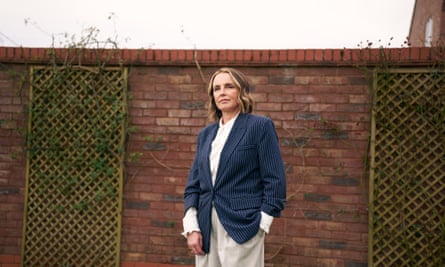
The horror didn’t end with Darren shooting her in the salon that summer’s day. Once Rachel was discharged from hospital in September, her 16-year-old son Jack took his life. They had been very close: “He was like my shadow,” she says. But he had spiralled after his mother’s attempted murder and his father’s death. He had gone to the salon to apologise for his father’s actions, and was living with Darren’s family.
He became overwhelmed. “Sixteen is a really impressionable age with his hormones and everything else,” she says. “He clearly felt shame from it.” That’s the problem with domestic violence, she adds: “It’s a ripple effect.”
For the last decade, Rachel has campaigned tirelessly to end domestic abuse, which she describes as “a national emergency”. She hopes to set up The House that Jack Built, a children and young person’s refuge, in memory of her son. “We should be training everybody around domestic abuse and violence,” she says, teaching young boys and girls about what a healthy relationship is. She wants restraining orders to be taken seriously and see perpetrators face repercussions for their abuse. “We have a criminal justice system that is broken, shattered. It needs to be started again.”
Rachel had to deal with the emotional torture of losing her son, as well as a tremendous amount of physical pain as a result of the abuse she faced. Her house had to be fitted with a commode and a new toilet seat to help during her recovery, but when her mum suggested putting in a stairlift as well, Rachel told her not to dare: “I will get up those stairs,” she said, “if I’ve got to go up on my ass.” Her mindset was: “I’m not staying like that.”
Rachel’s attitude to dating was the same. She met her new husband Mike in November, the year she was shot, and he’s been the rock that she needed. “My attitude was, I’m not going to let someone ruin the rest of my life,” she says.
-
In the UK, Samaritans can be contacted on freephone 116 123 and the domestic abuse helpline is 0808 2000 247. In the US, the suicide prevention lifeline is 988 and the domestic violence hotline is 1-800-799-SAFE (7233). In Australia, the crisis support service Lifeline is on 13 11 14 and the national family violence counselling service is on 1800 737 732. Other international helplines can be found via www.befrienders.org

 3 weeks ago
21
3 weeks ago
21
